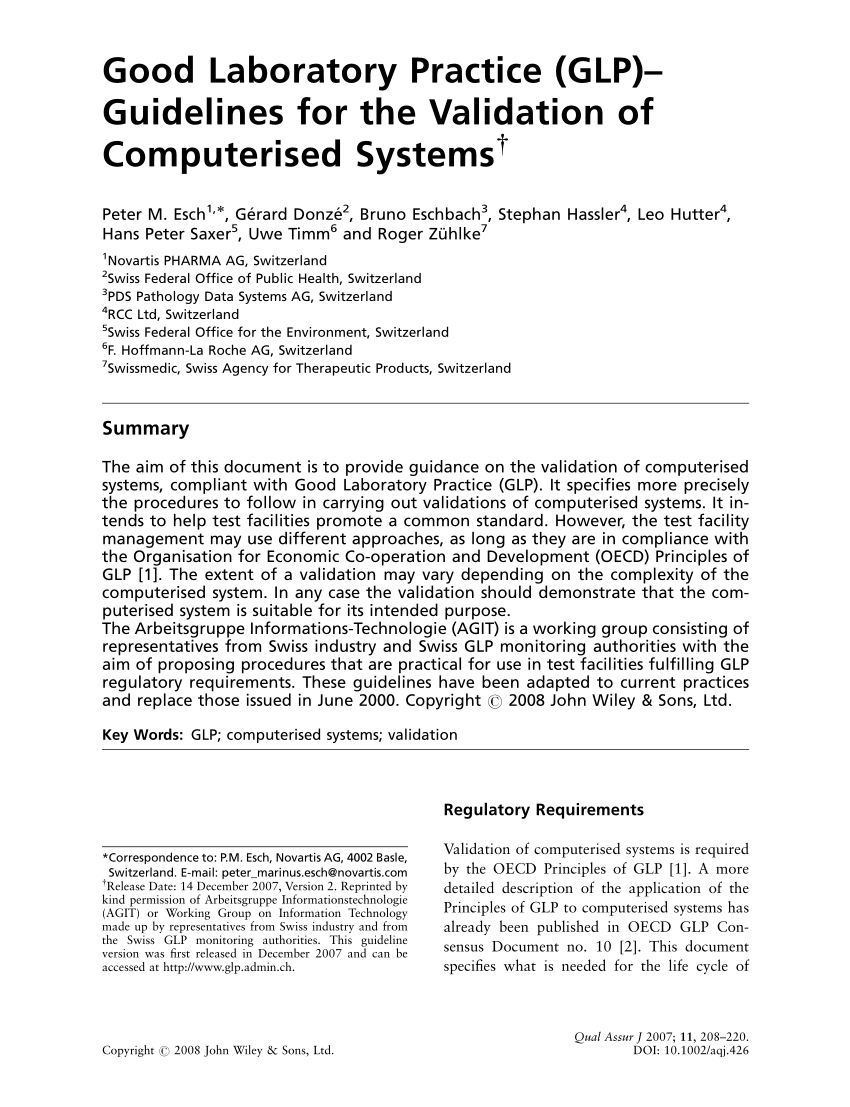


Over the years it expands to include Tribes all over the world and people in many professions. They start gathering regularly and Seykota develops methods to support personal growth. In 1992, Seykota gathered together a group of traders to discuss their emotions, due to his concern that traders often allow their emotions to overrule their logic. This factor sustained his efforts to continuously improve on his system although he never changed the response indicators of the system and instead fine tuned market stimuli. With the initial version of the system being rigid, he later introduced more rules into the system in addition to pattern triggers and money management algorithms.Īnother aspect of his success was his genuine love for trading and his optimistic demeanour. Seykota improved this system over time, adapting the system to fit his trading style and preferences. The trick is for a trader to develop a system with which he is compatible. His first trading system was developed based on exponential moving averages. He was also inspired by the book Reminiscences of a Stock Operator by Edwin Lefèvre. His interest in creating a computerized system was spawned after he read a letter by Richard Donchian on utilizing mechanical trend following systems for trading and also Donchian's 5- and 20-day moving average system. Later on, the brokerage house he had been working for adopted his system for their trades. Much of Seykota's success was attributed to his development and utilization of computerized trading systems to which he first tested on a mainframe IBM computer. Later, he decided to venture out on his own and manage a few of his client's accounts. In 1970, he pioneered a computerized trading system (now known as Trading System) for the futures market for the brokerage house he and Michael Marcus were working for. As a young man he attended high school near The Hague, Netherlands and also lived in Voorburg.


 0 kommentar(er)
0 kommentar(er)
